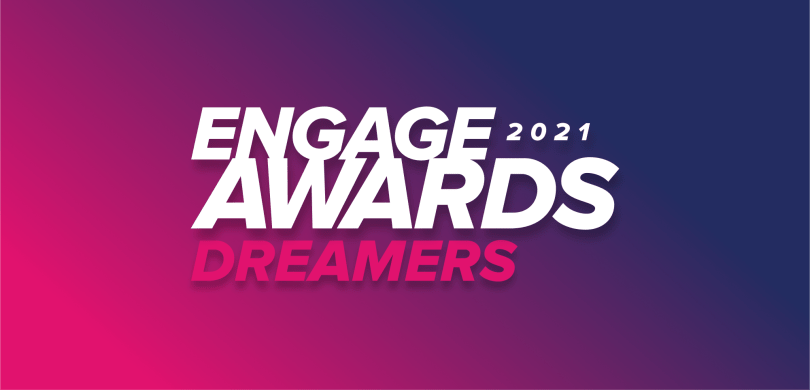
SUNY Buffalo
Drupal, Acquia Cloud Platform, Acquia Cloud Edge

The Client
The State University of New York at Buffalo or SUNY Buffalo is a public research university. As of 2020, more than 32,000 students were enrolled in 13 colleges, making it New York state’s largest public university.
The Situation
Even if the pandemic hadn’t severely limited travel in the past year, the days of in-person peer institution visits — to assess different approaches to learning environments — are long gone. As a result, campuses often rely on architects and planners who may not completely understand faculty’s needs and departmental curriculum. With this reality in mind, the State University System of New York aimed to update FLEXspace.org, an online portal that embraced the collaborative nature of higher education and aimed to help campuses work together to share examples of learning spaces that best suited their needs.
Within FLEXspace, SUNY Buffalo wanted to create a highly detailed, searchable database that would let users explore learning spaces based on user-friendly taxonomy terms that described the attributes of technology-rich learning environments.
The Challenge
When the pandemic hit, thousands of schools were struggling to figure out how to manage hygiene, social distancing, proper face masking and anything else that would enable in-person classrooms and labs to continue service. The FLEXspace Community responded with practical ideas to help keep the doors open in education as much as possible but the existing hosting platform was not mobile-enabled, making it difficult for users to walk into a classroom, take multiple mobile photos, then upload them to the FLEXspace.org website. SUNY Buffalo knew it needed to find a more mobile-friendly platform to make FLEXspace.org more useful and collaborative for visitors.
The Solution
Working with Xennial Digital, SUNY Buffalo reached out to colleagues across the country to determine the best way to describe technology-integrated classrooms. More than 100 people actively participated in helping realize a vision that empowers higher education institutions to save time, money and effort when designing new spaces.
The teams involved three key stakeholder groups in designing and building new classroom spaces: architects/designers, AV/IT integrators and faculty/academic support staff. Each group used technical language and “jargon” to describe their disciplines but too often took for granted that others understood the nuance of their language. Working with these stakeholders, the teams focused on three areas for improving FLEXspace.org:
- Encouraging communication among key stakeholder groups and building empathy for each group’s challenges. For example, architects may not teach students in a space, faculty may not understand the challenges of meeting building codes and AV/IT professionals are often brought in after key design decisions are made, making the integration of faculty-desired pedagogical driven technologies more challenging.
- Providing an integrated planning pathway that empowers those responsible for the outcome with a proven method — one that begins with a quantitative benchmark assessment of campus spaces and provides leadership with decision-making value.
- Encouraging campuses and others to share lessons learned through a case study approach, which is what drove FLEXspace.org’s need for a credentialed entry. To build trust among institutions sharing space exemplars, user feedback indicated a need to limit the records to those who best understood the challenges and could benefit directly from the sharing.
Xennial Digital recommended SUNY Buffalo move the hosting of the FLEXspace.org website to the Acquia platform, allowing its collaborators to more easily upload mobile photos. The new site’s “Collaboration Board” operates similar to Pinterest, where users can invite collaborators to a private, shared space to help ideate together over a collection of tagged spaces and features. With its shared governance and consensus-building functionality, the Collaboration Board is a game changer for higher education.
The Results
Campus personnel have reported time-saving and efficiency with the FLEXspace planning pathway. Advisory groups can now engage in conversations armed with data and examples, driving consensus and results. FLEXspace.org takes the politics out of advocating for space. Relying on data-driven solutions means that stakeholders can make better-informed decisions.
